Describe the main pros and cons to personal health & wellbeing when using a height-adjustable desk at your workplace?
Height-adjustable desks, also known as standing desks, have become popular in workplaces as they offer the flexibility for users to switch between sitting and standing positions. Here are the main pros and cons associated with using a height-adjustable desk:
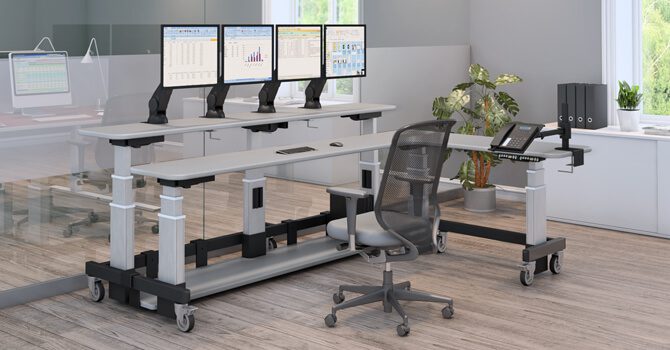
Pros:
 Reduced Sedentary Behavior:
Reduced Sedentary Behavior:
One of the primary advantages is the ability to reduce sedentary behavior. Alternating between sitting and standing throughout the day can help combat the negative health effects associated with prolonged sitting.
Improved Posture:
Using a height-adjustable desk can encourage better posture, as users have the option to stand and maintain a more upright position. This can contribute to the prevention of musculoskeletal issues such as back and neck pain.
Increased Energy and Productivity:
Some users report increased energy levels and productivity when using standing desks. The ability to stand and move around periodically may help combat fatigue and boost alertness.
Customization:
Height-adjustable desks are adjustable to accommodate various body types and preferences. Users can tailor the desk height to their specific needs, promoting comfort and ergonomic well-being.
Potential Health Benefits:
Regular use of standing desks has been associated with various health benefits, including improved blood circulation, reduced risk of weight gain and obesity, and better cardiovascular health.
Collaborative Environment:
Height-adjustable desks can contribute to a more dynamic and collaborative work environment. In shared spaces, employees can easily adjust their desks to facilitate impromptu meetings or discussions.
Cons:
 Cost:
Cost:
Height-adjustable desks can be more expensive than traditional desks, which may pose a financial challenge for some businesses, especially for those on a tight budget.
Transition Period:
Some individuals may find it challenging to adjust to standing for extended periods, especially if they are not accustomed to it. It may take time for employees to build up tolerance and find a balance between sitting and standing.
Space Requirements:
Standing desks often require more space than traditional desks. Companies with limited office space may find it challenging to incorporate standing desks for all employees.
Equipment Compatibility:
Employees may need to consider the compatibility of their existing equipment, such as monitors and keyboards, with a standing desk setup. Additional accessories or modifications might be required.
Potential Discomfort:
While some users experience increased comfort with a standing desk, others may find it uncomfortable, particularly if they have pre-existing health conditions or concerns such as varicose veins or foot problems.
Not a Cure-All Solution:
Standing desks are not a one-size-fits-all solution, and they may not address all health concerns associated with office work. Other ergonomic factors, such as proper chair selection and workstation setup, should also be considered.
In conclusion, the decision to use a height-adjustable desk in the workplace should take into account the individual needs and preferences of employees, as well as the practical considerations of the work environment. Integrating standing desks can be beneficial when implemented thoughtfully and in conjunction with other ergonomic practices.
AFC’s rich history in the development and manufacturing of ergonomic furniture solutions gives us the leading edge on height-adjustable desk technology and it’s benefits. Please consider contacting us today for a friendly conversation to see why and how a height-adjustable desk can be the perfect partner for your work place.
Call us at: +1 (800) 663-3412 or E-mail us directly at: afcsales@afcindustries.com

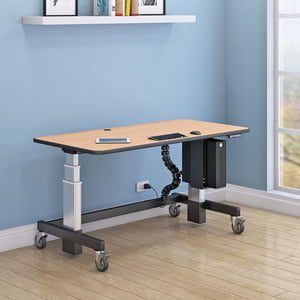
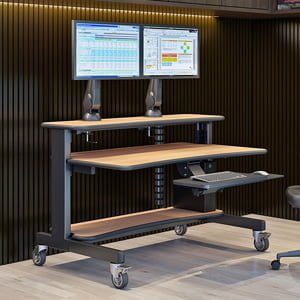

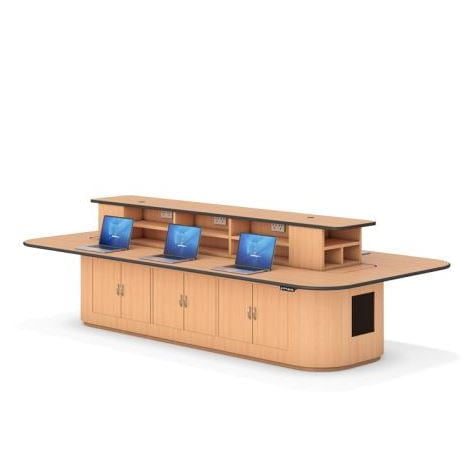

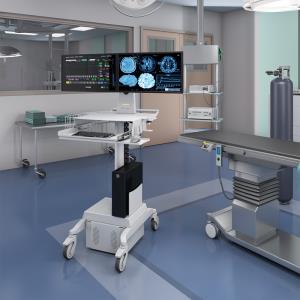
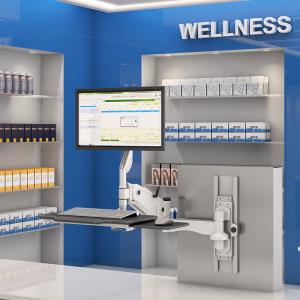
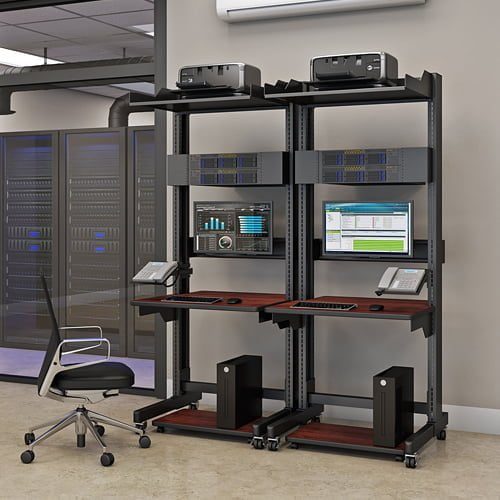

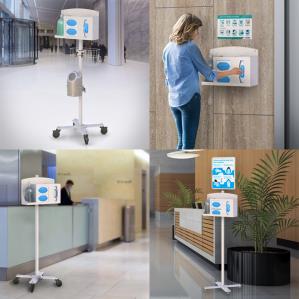
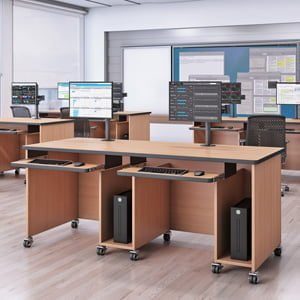

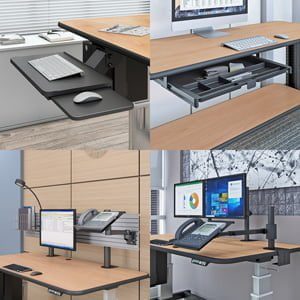
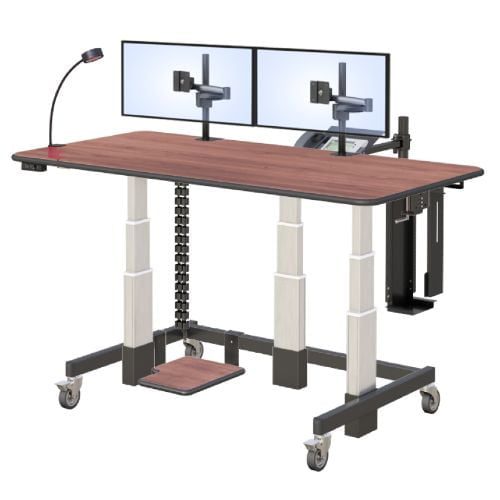
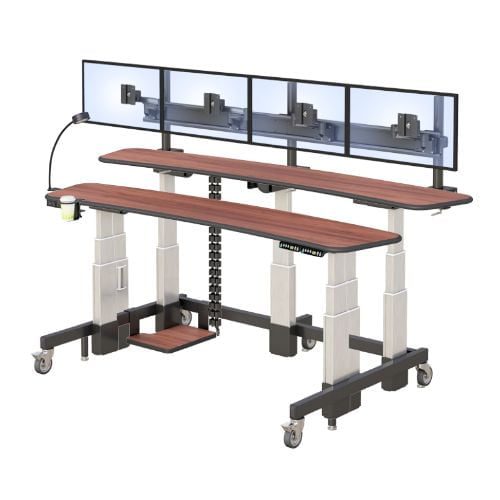
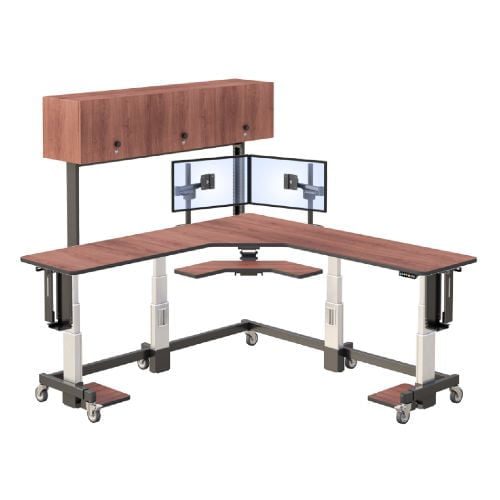

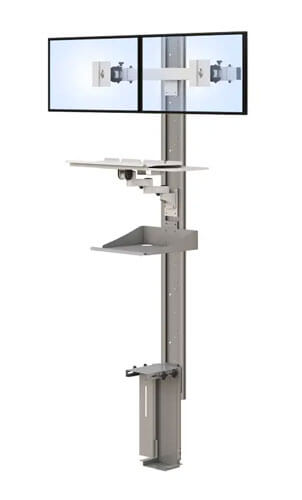
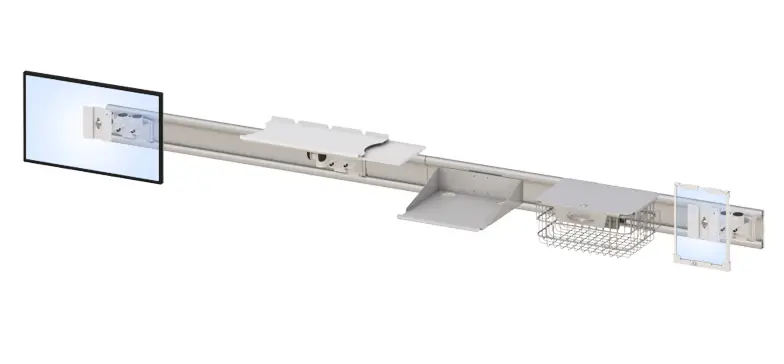
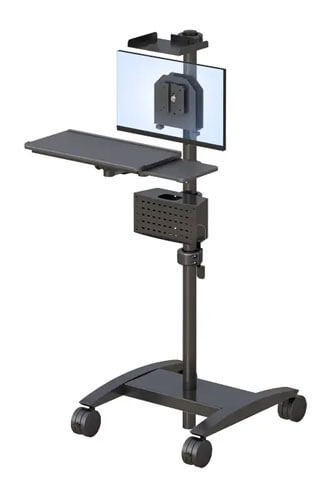
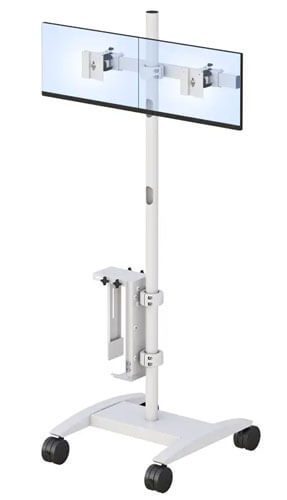
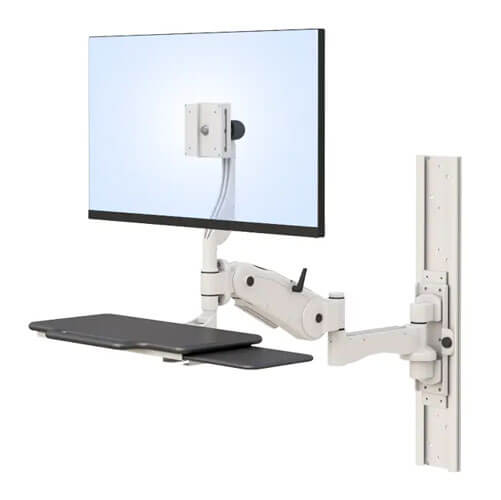

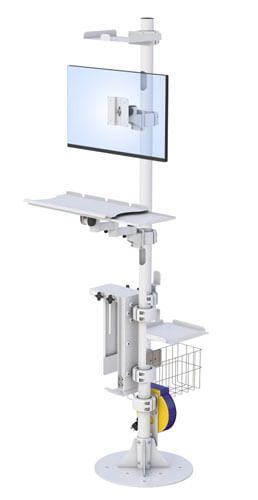

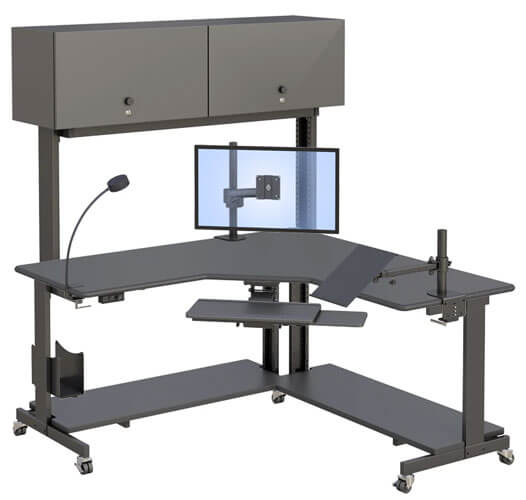
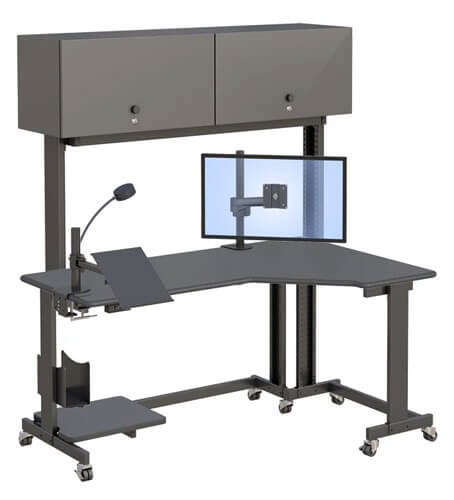
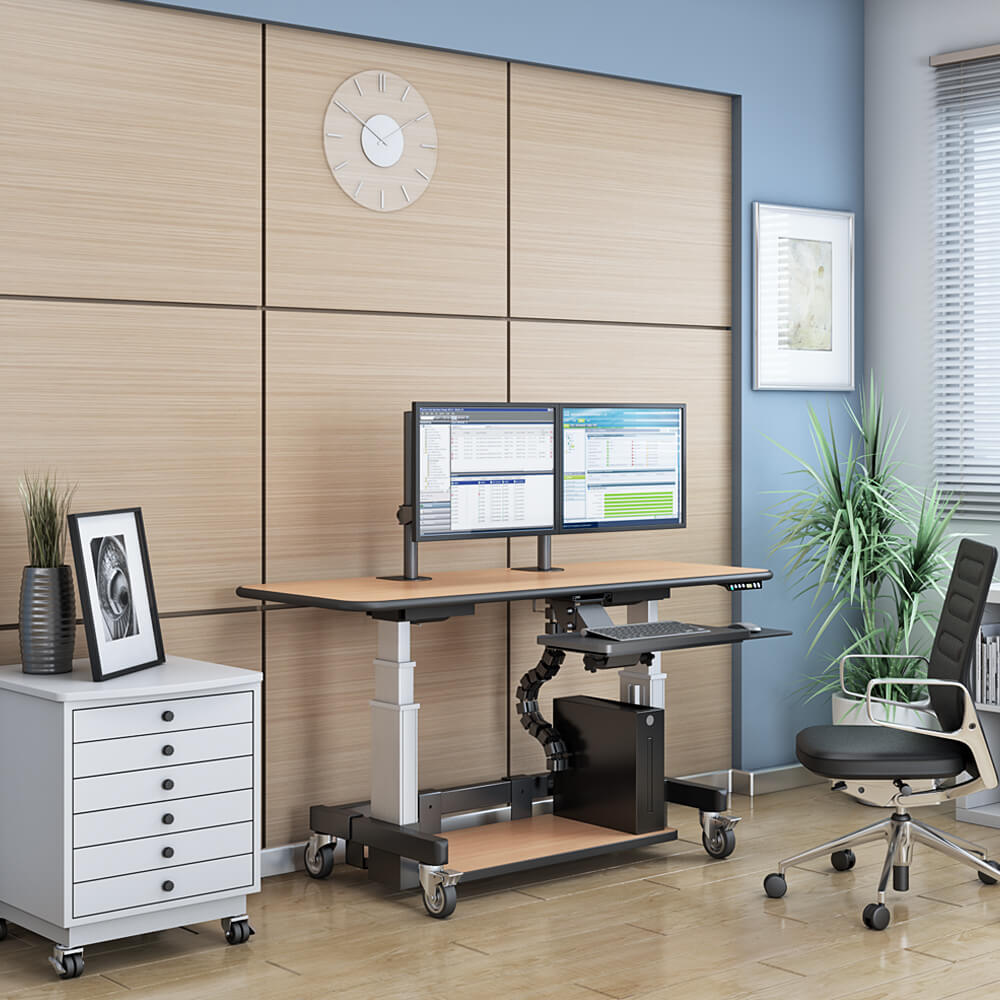 Reduced Sedentary Behavior:
Reduced Sedentary Behavior:  Cost:
Cost: